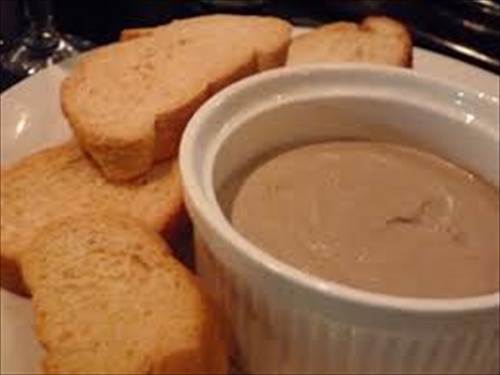Posts Tagged ‘Carrots’
The Power of a Dollar
Every so often I go on a rampage of frugality. It’s more like a feeling of sickness, a sickness of spending money, sick of the cost of things, sick of pulling out my wallet everywhere I turn, sick of how a dollar doesn’t go as far as it use to. Just plain sick. This past week has been one of those times as the cost gas, water and food increasing almost on a daily basis fills my subconscious.
On the way home from work I swung by the library to peruse their daily used book sale to see if I could find any interesting title additions to my growing library. As I walked the stacks those money infused thoughts crept to the forefront. It drew me to think how and when and where money flitters away. It’s not a great amount, mind you. I’m already a fairly frugal, penny pinching saver, always trying to find new ways to spend less on what the farm and I need. As I drew my hand over the books looking for titles that would interest me it came to me…for a buck I could buy a book, a book that would educate me or entertain me. I stood there staring, thinking really, about how many things I have or could buy with a buck. It was amazing to me that in a short period of time I could list more that a dozen things I have bought that were only a buck.
There was the trip to my favorite ethnic market where the produce is plentiful and the prices reasonable and I could buy…
2 pounds of carrots
5 grapefruit
A string of garlic
3 heads of lettuce
4 pounds of onions
1 cantaloupe
¼ pound of Feta cheese
Or, 1-1/2 pounds of chicken quarters, for a buck.
Then there was the thrift store sale where I bought a new pair of shorts and a few more clay pots for vegetable or flower starts, for a buck.
During a trip to town running errands for work I bought an iced tea to stave off the heat…for a buck.
At a garage sale I bought a galvanized water trough, for a buck.
On Craigslist, I bought iris bulbs, for my ever expanding flower garden, two bags for a buck.
I can also buy two stamps, a fat-quarter of sale quilt fabric, salt licks for rabbits, a scoop of grit for chickens, and a few dog treats, for a buck.
At the library that day I bought a 4-part mini-series, for a buck.
And, of course…a book.
It was proof positive that the dollar has more buying power than I sometimes think. It was nice to sit and reflect on how many things can (or have) been purchased for a dollar. The more I reflected, the more my frugal rampage dissipated, until finally it disappeared all together. Funny how some worries retreat as fast as they come on.
What can you buy for a buck? It’s out there ya know. We only have to look.



Recent comments
Aenean nonummy hendrerit mauris. Phasellus porta.